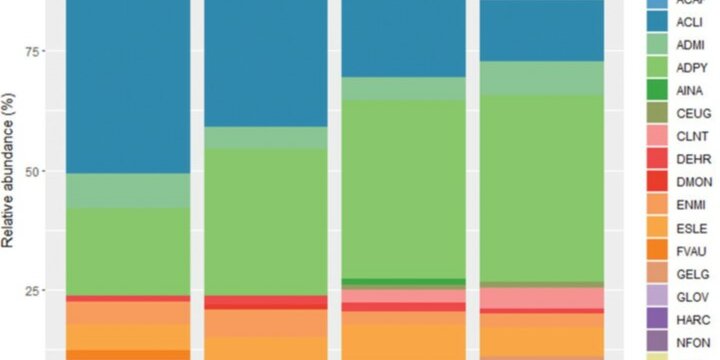
Diatom assemblages in glacial-fed streams of Italian Western Alps
Glacier retreat is a well-established and globally recognized phenomenon caused by global climate change. Some projections to 2100 estimate a global loss of glacier mass ranging from 50% to 95%, depending on different scenarios. Even in Italy, glaciers have been severely affected by global warming: over the last 20 years in Aosta Valley, 32 glaciers have disappeared and 22% of the glacial area has been lost; in 2022, monitored glacier fronts have retreated by 46 meters on average. Glaciers play an important role in river runoff, influencing parameters such as temperature, conductivity, turbidity, suspended solids, organic matter and nutrients.
But what are the consequences of glacier melting and retreat on Alpine rivers? And how do communities living in glacial-fed rivers change?
This research aims at analyzing the benthic diatom flora inhabiting 24 glacier-fed rivers flowing in the Aosta Valley region, over a basin area of 3000 km2 , with a focus on species classified as threatened at different levels by the Red List of Diatoms (Hofmann et al. 2018). Diatom communities were analyzed both taxonomically and functionally in relation to the basin's glacial cover and associated physicochemical parameters in order to assess the influence of glacier presence on diatom communities.

In this research, we observed a significant increase in species richness with decreasing catchment glacier cover (CGC), as well as significant differences in taxonomic composition of diatom communities. We highlighted the role of Achnanthidium lineare as an indicator species in glacier-influenced streams, along with Hannaea arcus, Eucocconeis laevis and other low-profile oligotrophic species that are well adapted to glacier-induced physical stress. Moreover, the abundance of diatoms classified as endangered at various levels on the Red List increases significantly with increasing glacial cover, suggesting that glacier-fed rivers are niches for the conservation of this species.

Our results will be useful to better understand how diatom communities might evolve in the coming decades as glaciers continue to retreat. For more information and to receive a .pdf of the published article contattaci

